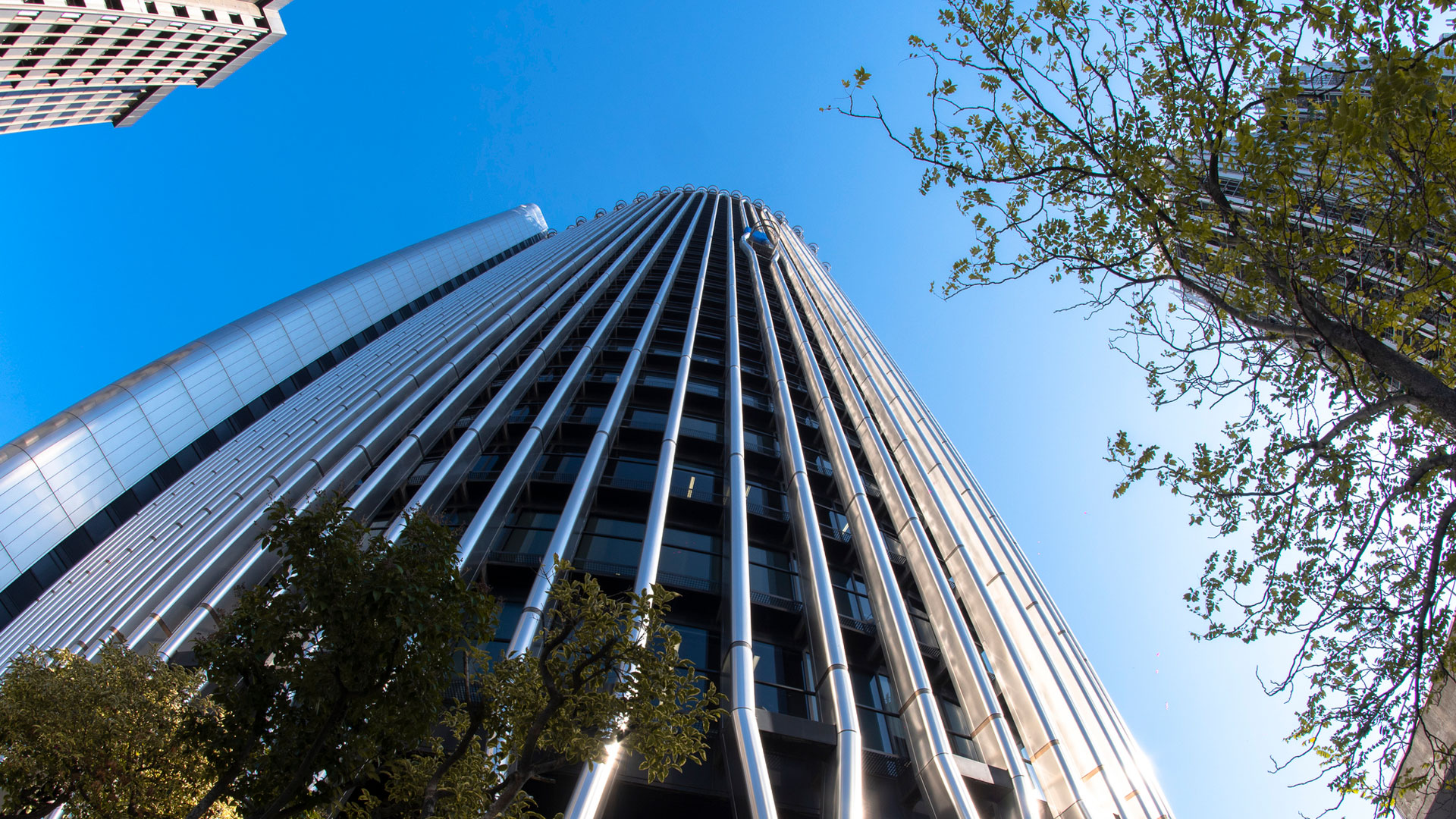25.01.2019 | A great deal has gone wrong in Germany's transformation of the power system
The dark side of the energy turnaround
Germany is restructuring power production, will shut down its nuclear power plants by 2022 and wants a massive increase in the proportion of renewable energies. However, the German energy turnaround is not only costly, it has often resulted in absurd market interventions. Taking a close look is worthwhile - for Switzerland as well.
It is a familiar ritual at the beginning of the year in Germany - success stories about the green energy turnaround make the rounds. The praise put forth by Think Tank Agora Energiewende: The proportion of energy from wind power, photovoltaic and biomass is at 35 per cent and already at the same level as coal-fired power plant production. And by the year 2030, 65 per cent of power production will come from renewable energies.
A great deal of media attention also occurs when the news is that the entire daily power demand can been covered by renewables. However, when the situation is precisely the contrary - as was the case on Thursday, 10 January 2018, when the proportion of green electricity at 2.00 p.m. dropped to only 12.3 per cent - it's hardly worth a headline.
This example and the daily graphic of power production are exemplary in demonstrating the main problem of the German energy turnaround: Production from renewables fluctuates strongly and can often not be precisely predicted. In periods when there is little sun and wind, the lack of more efficient, technical solutions with large batteries for storage requires conventional reserve capacities to compensate shortages in order to ensure the supply of electricity to German households and industry.
The energy turnaround has not been a success story in other areas as well. The latest monitoring results by McKinsey indicate, "The key goals are still not being reached in terms of the energy turnaround." According to a survey the German population stands behind the energy turnaround in principle, but only 16 per cent are satisfied with how policy-makers are implementing it.
These are the facts about the dark side:
- The expenses for green electricity from photovoltaic, wind (on and offshore) and biomass climbed to record heights in 2018. Power consumers paid 26.6 billion Euros for this power, representing a 10-per cent increase as compared to the previous year.
- The average power price for a household in Germany is about 30 cents/kWh and the highest in the European comparison. In contrast, a kWh of electricity in Switzerland costs an average of about 20 cents, in other words over one third less.
- Keeping the German power grid stable has become much more challenging. Today, grid operators have to invest ten times more man hours to prevent blackouts in comparison to the year 2010. That costs money. Expenses to maintain a stable grid have risen from 48 million Euros (2010) to 1.45 billion Euros (2017) and according to the German Federal Network Agency they will soar to nearly 4 billion Euros by 2023.
- The planned construction of transport grids (new power lines to transport wind power from Northern to Southern Germany) has scarcely made progress. McKinsey's energy turnaround index reports that currently only 912 of the 3852 kilometres planned up until the year 2020 have been realised.
- In wholesale trading, power prices plummet on days with low power demand and simultaneous high production from solar and wind. According to the Federal Network Agency, negative power prices in Germany occurred during 134 hours in 2018. At the peak on New Year's day customers paid an extra 76 Euros per megawatt-hour. As the NZZ reports, by 2022 wholesale trading could well be experiencing 1000 hours with these kinds of negative prices.
- The climate goals set by the energy turnaround are not being reached. Since the year 2000, CO2 emissions in Germany have decreased by only 6 per cent in the electricity industry. One reason is that 12 per cent more power is being produced than in the year 2000. In addition, CO2-free production from nuclear power has been cut in half because more and more nuclear power plants (the last one in 2022) are being taken off grid. The ambitious goal to reduce greenhouse gas emissions by 40 per cent by the year 2020 will not be achieved.
- An auction for the construction of a gas-fired power plant was recently held in Southern Germany in Irsching near Ingoldstadt, Bavaria. The power plant (capacity 300 MW) is not intended to produce for the market, but instead to stabilise the grid in emergency situations. The power producer Uniper was awarded the contract for the plant. This is a profitable business thanks to ensured income from grid operators, and ultimately power consumers. However: Uniper already owns two very modern gas-fired power plants in Irsching, which were completed in 2010. Because the green electricity glut has put pressure on power prices, the two units cannot be operated profitably. The Federal Network Agency has prohibited the operators from shutting down these ruinous investments. This is a costly intervention in the economic freedom of the company.
"Irsinn (insanity) in Irsching," is the headline in the "Handelsblatt". The "NZZ" title is: "Systematic absurdity in the German energy turnaround". So it is worthwhile to take a closer look in Switzerland in order to avoid similar, costly mistakes and endangering security of supply when implementing the Energy Strategy 2050 and setting the political framework conditions for electricity production.





